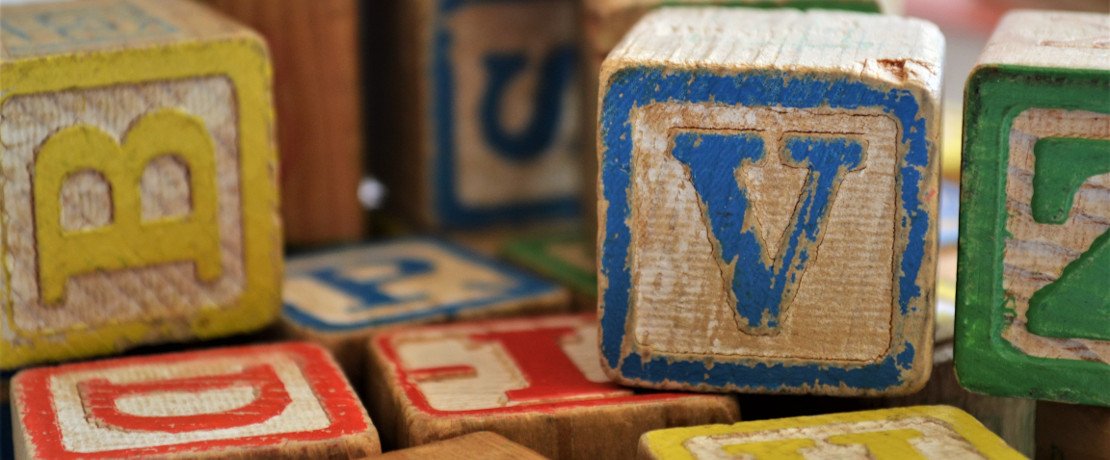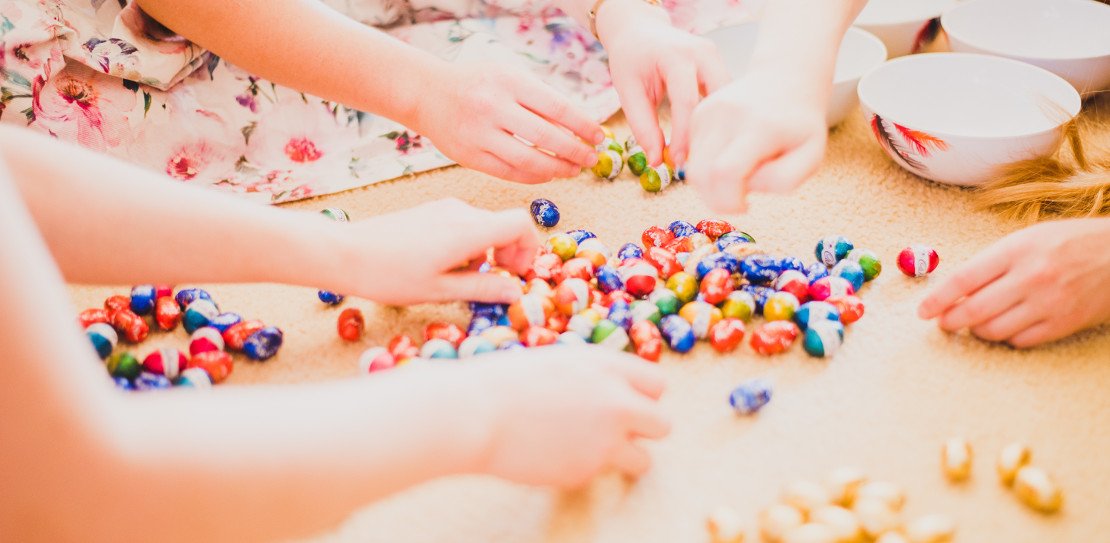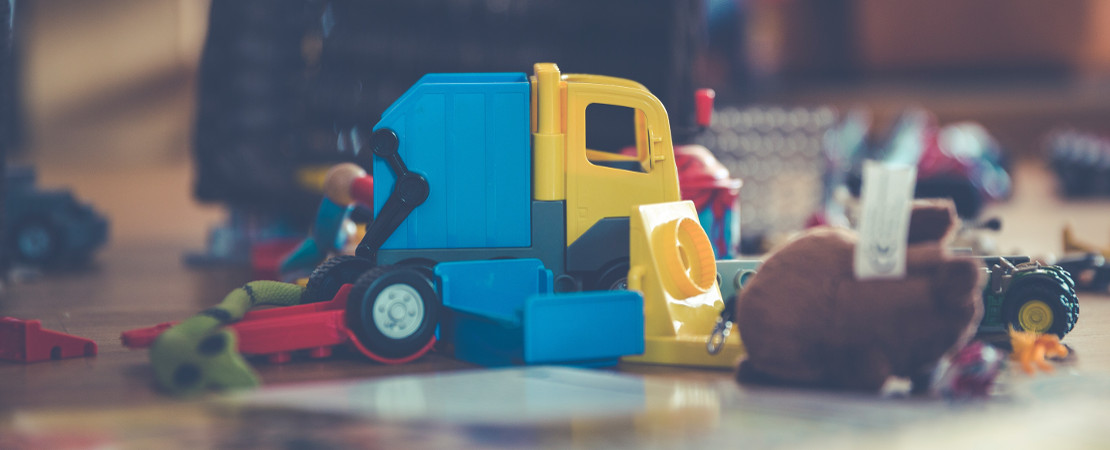Not sure where to start?
Answer a few simple questions and we’ll direct you to your perfect bed.
Enable notifications to get the best news on sales and special offers
Regular decluttering of bedrooms are essential. Most rooms in your home could probably do with a proper declutter. If there is one room in particular that terrifies most parents, it is mostly their children’s bedroom. Thanks to toys, books and clothes the little angel’s bedroom can become a war zone. Kids are extremely enthusiastic when it comes to playing. However, when it is time to tidy up they seem to disappear into thin air.
Children are more likely to work with you instead of against you when they know what to expect. Decluttering their room together is an excellent learning opportunity. It is the ideal time to teach your child the fundamental skill of organisation. Marie Kondo observes that many people do not have basic organisational skills. In her book ‘The life-changing magic of tidying up’, she points out that this is because they were never taught the basic principles.

Decluttering is a team effort.
Help each other out and make decisions together. Establish guidelines for getting rid of things beforehand. Discuss these with your child. Understanding what to expect and what is expected of them will make the process a whole lot easier.
Many children, particularly those under eight years old, find it hard to make decisions. Being possessive and lacking perspective is generally what they will lean towards. Help them overcome this by appealing to their incredible compassion toward others. Explain that whatever they give away will go to a child who needs it. Let them know this will make someone very happy.
Asking your child to help declutter their room can be an uphill battle. Their toys are right in front of them and resisting the urge to play can be too tricky sometimes. Distractions are unavoidable.
Be conscious of this and set basic rules from the start. Don’t expect too much of younger children. Let them help you pick out things to get rid of. How much they help out after that depends on their attention span. Use the time that you do have their attention to your advantage. Let them go when they start to wander. Harping on at them to keep working will tire you out. Continue decluttering on your own, and you will save both time and energy.
Think of it this way. The reason you are doing this together is to strengthen your bond. If all you are doing is creating a rift between the two of you, you are missing the point. Take a breath and let it go.
Before undertaking the task of decluttering your child’s room, have a few useful things at hand. Grab some trash bags for things that need to be thrown away. Have a box ready for items that you can donate or give away. Most importantly, have a bottle of water available! Decluttering can be taxing, and a dehydrated parent or child is no fun.
Most likely, there are already a few storage boxes in your child’s room. Take a few minutes to decide if they suit your current needs and whether or not there are enough. Finding a permanent home for everything should be your first priority. Things do not have a proper place end up scattered around.

Put everything into a separate pile according to type. Clothes, books, toys, etc. all get their own pile. Sort these piles into sub-categories as you go along. Establish smaller collections for different kinds of toys. For example, you can have a doll pile, a craft pile, a car pile and so on.
Toys can get quite icky sometimes. Your kid’s playthings go on adventures in all sorts of places and pick up germs along the way. Use this time to give them proper sterilisation. Some toys can be soaked in a sink of soapy water and be given a quick rise before you set them aside to dry. Others can be given a quick wipe down with a wet wipe. How each toy needs to be cleaned depends on how grimy it is, what material it is made of and whether or not it has electronic parts. Check for little openings in the toy that can trap water before submerging a toy. Cleaning toys is one way to get your child involved. They might even end up enjoying themselves.
Children grow at crazy rates when they are young! Empty their closet and drawers and go through each piece of clothing. Make sure everything that you keep fits. Anything that is too small should be put into the donate box or a trash bag accordingly. Kids can also be quite picky, so make sure that they will wear anything you keep.
Use a shirt and pair of pants that you know fits them well as a reference. Trying each item on can take a long time and your little one might get frustrated. There might be a few things that you want them to fit on just to be sure, but you will still save a lot of time.
If you end up with a lot of clothes or brand name clothing in good condition, consider selling them. Return on clothes can be relatively small, so make sure it will be worth your while. Otherwise, just donate them.

Before you decide what needs to go, ask your child to give you a tour of their toys. Pay attention to what they focus on and gravitate towards. Make a note of the toys they pass over and are less interested in. Put these aside to donate or sell. Keep an eye out for any broken toys or toys that are missing important pieces and put these in a bin bag.
Having a finite amount of space to put toys in will help if there are still too many left over. Let them go through their toys from most favourite to least favourite. Have them put these in the designated space until they run out of space. Putting aside a set amount of space will give them a better idea of what they want to keep.
Some kids have trouble letting go. However, parents often find that talking about how much children without toys will enjoy playing with the toy can make letting go easier. As difficult as letting go can be, children very rarely give the item a second thought once it is gone.
Books are generally elementary to store and do not take up much space. Sorting through them is as easy as putting them into two piles. One pile for books that they still read and one pile for those they have outgrown or don’t like. Some parents are sentimental when it comes to the classics. Getting rid of them can be hard, and you might want to keep them to read to your grandchildren. Do the same thing that you had your child do with their toys. Set aside a finite amount of space aside and fill it with only your top favourites.
DVDs are becoming less familiar with the invention of Ipads and Netflix. If your kids still have a DVD collection, go through it and toss those that are super scratched. You might even be able to sell the ones that they don’t watch anymore. Please make sure the ones you keep are in their similar cases. Don’t keep any purely in the hope that one day they will want to see it again. Once a DVD is gone, it will probably never cross their mind again.
Letting go of your child’s magical creations can be a challenging process for both of you. Keeping your most prized mementoes is a must. However, you don’t need to save every scrap of paper that your little one waves in your general direction. Acknowledging the work they put into their projects is essential. However, that does not mean that you have to keep it forever.
Create a display in their room for the items you want to keep. Again this gives them a finite space and makes it easier to choose what to save. Only the most meaningful pieces should be kept — handprints, little messages and notes that they wrote to you and so on.
If letting go is hard at first, go through things again in a few months. You will both find it easier to pick out what is most important. Some artworks might have been forgotten, while others will bring back special memories.
Giving them the opportunity to participate helps them feel wanted and they will function optimally in a tidy and neat environment.
In the end, feeling like they have a say will only help increase their confidence.
Decluttering together will take a bit more time than doing it alone.
Bed Shopping: A Family-Focused Approach to Smarter, Not Pricier Sleep
Sleeper Couch or Sofa Bed? A Guide to What Works for Your Space
Beds For Sale: What to Know Before You Buy
Best Beds: The 7 Best Bed Brands in South Africa
Comparing Queen Beds & Double Beds: Pros, Cons & Tips
5 Affordable Kids Beds That Don’t Compromise on Quality
How to Style a Three-Quarter Bed for Maximum Style & Comfort
Bedroom Furniture Guide for Newlyweds: From “I Do” to Move-In
Why Single Beds Are Making a Comeback: Secrets to a Functional Home
From Dorm Room to First Apartment: Why a Double Mattress Is Ideal
Bed Shopping: A Family-Focused Approach to Smarter, Not Pricier Sleep
Sleeper Couch or Sofa Bed? A Guide to What Works for Your Space
Beds For Sale: What to Know Before You Buy
Best Beds: The 7 Best Bed Brands in South Africa
Comparing Queen Beds & Double Beds: Pros, Cons & Tips
5 Affordable Kids Beds That Don’t Compromise on Quality
How to Style a Three-Quarter Bed for Maximum Style & Comfort
Bedroom Furniture Guide for Newlyweds: From “I Do” to Move-In
Why Single Beds Are Making a Comeback: Secrets to a Functional Home
From Dorm Room to First Apartment: Why a Double Mattress Is Ideal